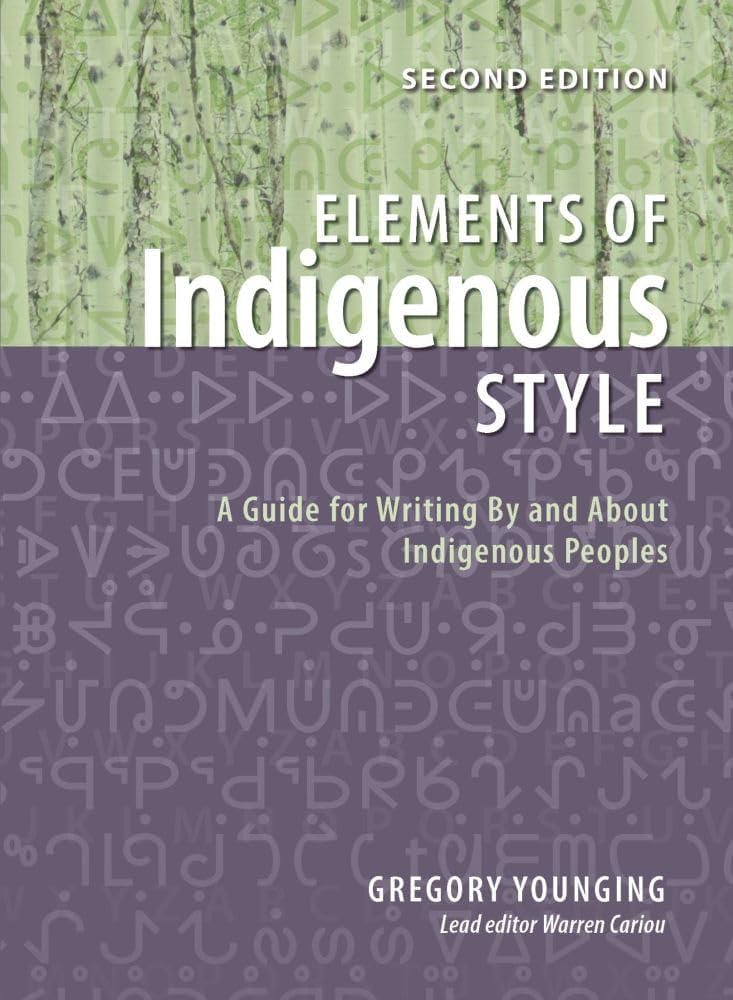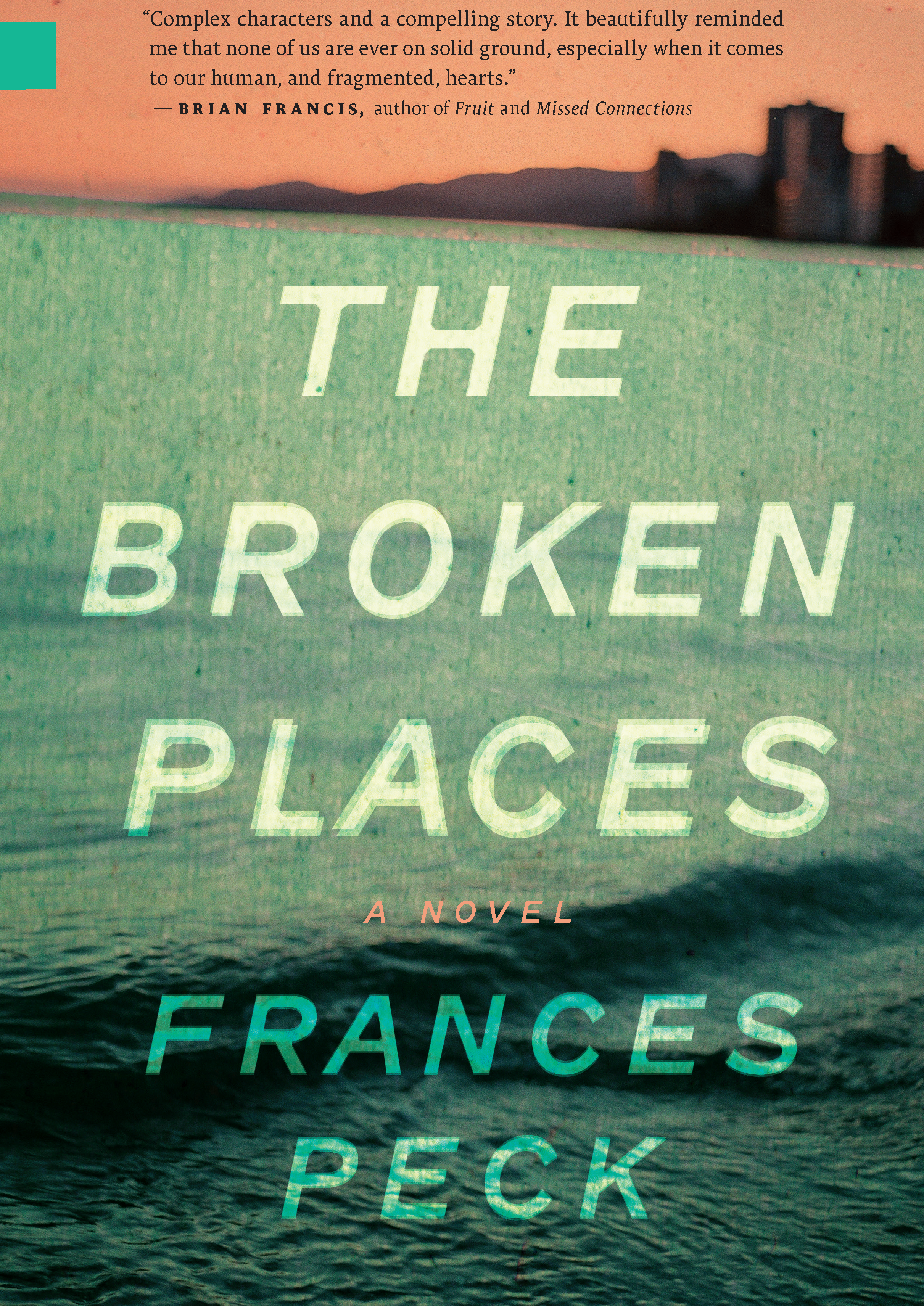The second edition of Gregory Younging’s Elements of Indigenous Style was released last month. A launch event with editors Warren Cariou and Lorena Sekwan Fontaine will be held on Wednesday, February 12.
Story and structure: Opening our minds
 At an October 2017 seminar in Vancouver, Greg Younging treated editors and other publishing folk to a sneak peek at his forthcoming book, Elements of Indigenous Style. Since the book hit stores in February 2018, it’s been sailing off the shelves (and the websites—at the time of writing, Indigo was out of stock for online orders).
At an October 2017 seminar in Vancouver, Greg Younging treated editors and other publishing folk to a sneak peek at his forthcoming book, Elements of Indigenous Style. Since the book hit stores in February 2018, it’s been sailing off the shelves (and the websites—at the time of writing, Indigo was out of stock for online orders).
At the 2018 Editors Canada conference in late May, not only did Younging reprise his seminar, but Rhonda Kronyk, a self-described Dene/Settler editor, writer, and grant consultant, showed a rapt audience how she has been putting Elements’ principles into action.
Kronyk’s talk, “Bridging Language Conventions and the Author’s Voice in Indigenous Writing,” focused on how she has worked with Indigenous authors to preserve their intended style, voice, and story structure. As she described her editorial approaches and choices, she explicitly linked them to principles from Elements of Indigenous Style—while the author was in the room, no less.
Ever since, Kronyk’s talk has been tap-tap-tapping at my brain. Partly it’s because she’s a polished and personable speaker. Mostly it’s because her words, for me, are game-changing.
The manuscripts Kronyk spoke about featured repetition, circularity, a mash-up of genres, and other characteristics that, she pointed out, are a natural part of style and voice for some Indigenous writers. Yet non-Indigenous publishers and editors might swiftly label these same characteristics as flaws or weaknesses to be edited out.
As a writer and editor, I’ve always considered certain conventions inviolable. Take fiction. Certain ingredients pretty much have to be there: the inciting incident, the three-act structure, the crisis, which leads to a choice, which leads to a climax, which leads to a denouement. In the Western model, story is for the most part linear. There is conflict between a protagonist and an antagonist. Repetition is usually superfluous. There are distinct genres—fiction, poetry, memoir, journalism—and the genres rarely mix. Writing that doesn’t align with these conventions needs to be “fixed.”
Unless—and this was my “aha” moment when listening to Kronyk—the conventions themselves are arbitrary, are the myopic projections produced by the narrow lens of Western story structure.
What are the implications of all this for publishing standards? When non-Indigenous publishers assess manuscripts by Indigenous authors, how can they judge what’s good (publishable) and less good (needing work)? Who gets to define good, and how?
What are the implications for editorial standards? Standard B7, in the structural editing section of Editors Canada’s Professional Editorial Standards, says: “Identify and either recommend or make appropriate deletions (e.g., to remove repetitive, irrelevant, or otherwise superfluous material) . . . .” Repetition is not good, is the message. But not good according to whom?
In a recent article in The Walrus, Coast Salish author Lee Maracle describes her take on Indigenous stories:
Our stories are journeys to the centre of our world. They begin on the outside of the circle, then a spoke leads the reader to the centre and back out again, to the outside of the circle, until another spoke appears and another sashay to the centre of the circle is required, then back outside. This continues until the reader has spiralled down to a moment of peace and recognition and can then spiral out to meet the world. At the end of each spoke, there is a window to the centre, where the unknown and precious thing we all love lives. It is only through this dance through story that we are able to discover the hidden and precious thing.
Two paragraphs later, Maracle tells readers why she wrote this piece. Her words elegantly gather up so much of what Kronyk and Younging have said: “This article is about hearing a story from us that is written by us, not as though we were you but as though you were us.”
Comments (3)
Comments are closed.




A fascinating and enlightening post. Thank you, Frances!
Glad you liked it, Nancy. If you or anyone else would like more of Rhonda Kronyk (who must at this moment be furiously cloning herself), take note: (1) She was guest editor of the just-released spring/summer issue of Active Voice, the Editors Canada magazine: https://activevoice.editors.ca/. The theme is working with Indigenous authors and texts. (2) She will be hosting the Editors of Earth Twitter feed (@EdsofEarth) in a couple of weeks.
[…] Immediately after the seminar, I ordered a copy of the book and read it cover to cover. Not only did I appreciate the guidance on terminology and editorial issues, which I now use in my editing work, but I also learned a great deal of history, and I continue to learn from others’ responses to the book. […]